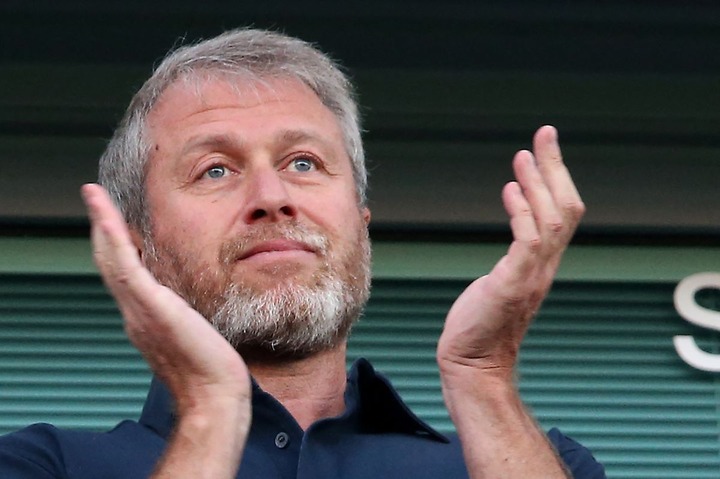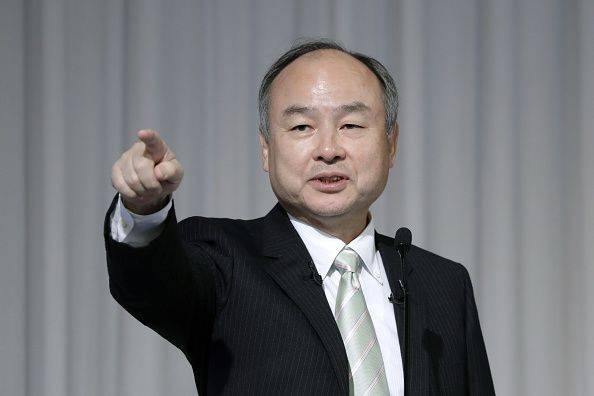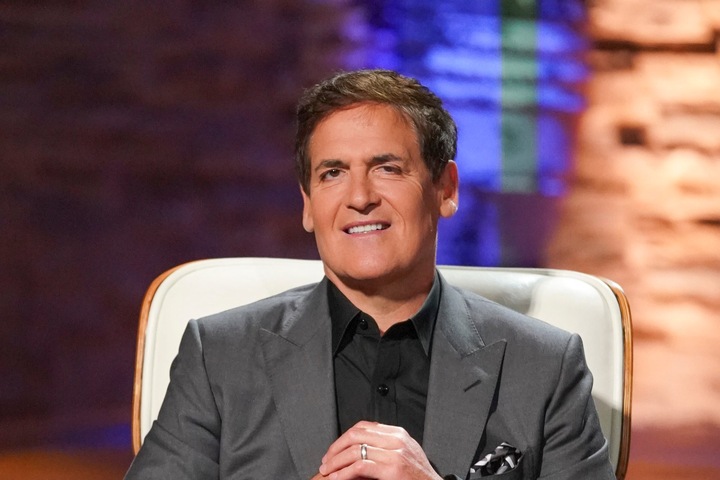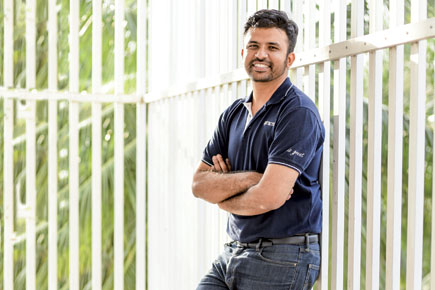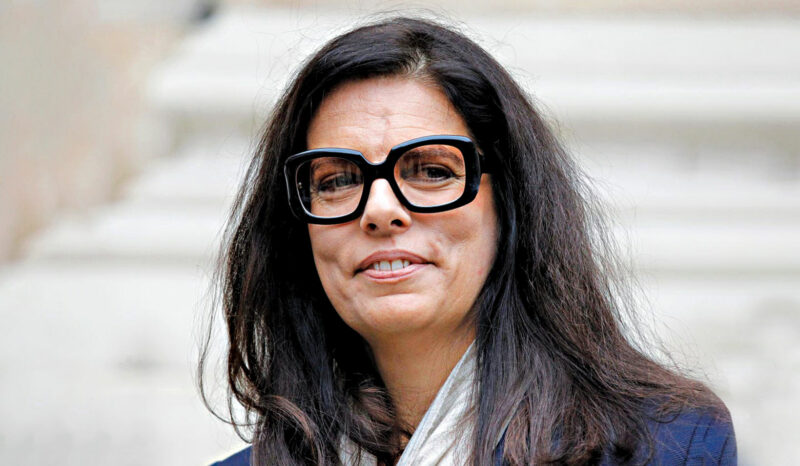Asus launches the world’s first 17.3-inch foldable OLED Computer
ASUS Middle East has unveiled the world’s first 17.3-inch foldable OLED laptop, the Zenbook 17 Fold OLED (UX9702).
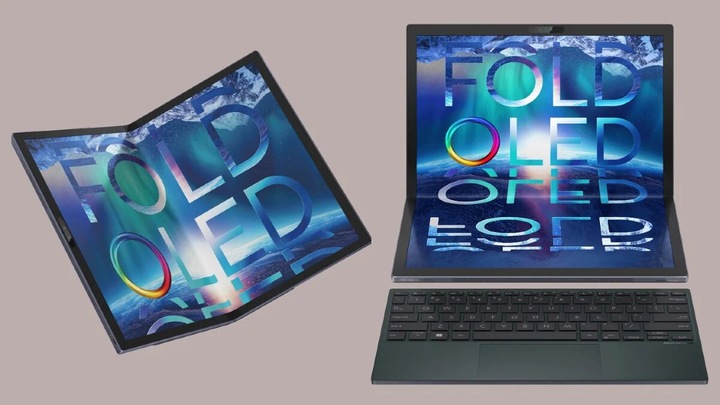
Zenbook 17 offers a 17.3-inch foldable OLED touchscreen and the latest Intel Core processor. Asus claims that the device can be folded down to be “smaller than a sheet of photocopier paper” and can switch between full desktop, laptop, tablet, and reader modes without any noticeable lag.
With a full-size ErgoSense Bluetooth keyboard and touchpad, the Zenbook 17 Fold OLED significantly expands its usability and can be used in a variety of modes, including Desktop mode, Laptop mode (with Bluetooth keyboard), Laptop mode (with virtual keyboard), Tablet mode, Reader mode, and Extended mode. The user-friendly window management tools in each mode enable different split-display configurations and adaptable app layouts for increased productivity.
The device is equipped with an Intel Core i7 1250U processor and integrated Intel Iris Xe graphics. Additionally, the device has Intel Evo certifications. The laptop has 1TB PCIe SSD storage and 16GB RAM. The device comes with a 17.3-inch 2.5K display that can be folded in the middle to form two seamless 3:2 12.5-inch 1920×1280 displays.
When folded, the laptop has a 12.5-inch size, which is considerably smaller and more portable than conventional 13-inch devices. The display is 100% DCI-P3 gamut, Dolby Vision approved, PANTONE verified for color accuracy, and TÜV Rheinland certified for eliminating harmful blue light. It also has TÜV Rheinland certification for color accuracy.
The Zenbook 17 Fold OLED has a number of intelligent AI-powered features, such as an HD IR camera for user presence detection, an integrated color sensor for automatic screen brightness and color temperature adjustment, and a 5 MP AI web camera with ASUS 3D Noise Reduction (3DNR) for clearer video calls.
The extremely tough MIL-STD-810H US military benchmark for dependability and durability has been tested on the Zenbook 17 Fold OLED. The device has a 180-degree hinge that can survive up to 30,000 cycles of opening and closing. A tool called Asus ScreenXpert 3 has also been developed by Asus to assist customers in organizing their windows more effectively.
The device has a robust 75-watt-hour battery with USB-C Easy Charge, making it quick to charge with most USB-C chargers, power banks, or any other certified charger. Zenbook 17 Fold OLED comes along with the new ErgoSense Bluetooth keyboard and touchpad. The keyboard offers a ffull-size key pitch of 19.05 mm and a lengthy key travel of 1.4 mm.
The keyboard comes with a sizable ErgoSense touchpad with a new, silky-smooth surface for simple navigation that is coated with a long-lasting anti-fingerprint finish. It has four Harman Kardon speakers and Dolby Atmos audio support. Additionally, it has a 5MP AI-powered web camera that can alter brightness and color temperature as well as unlock and lock your device as you walk away from or toward it.
Zenbook 17 Fold OLED will cost Rs 3,29,990 and is available for pre-orders in India. The Zenbook 17 Fold OLED is available for pre-order in India from October 14 to November 9 on the company’s online store. The device will be launched on November 10 in India.

I am a law graduate from NLU Lucknow. I have a flair for creative writing and hence in my free time work as a freelance content writer.
